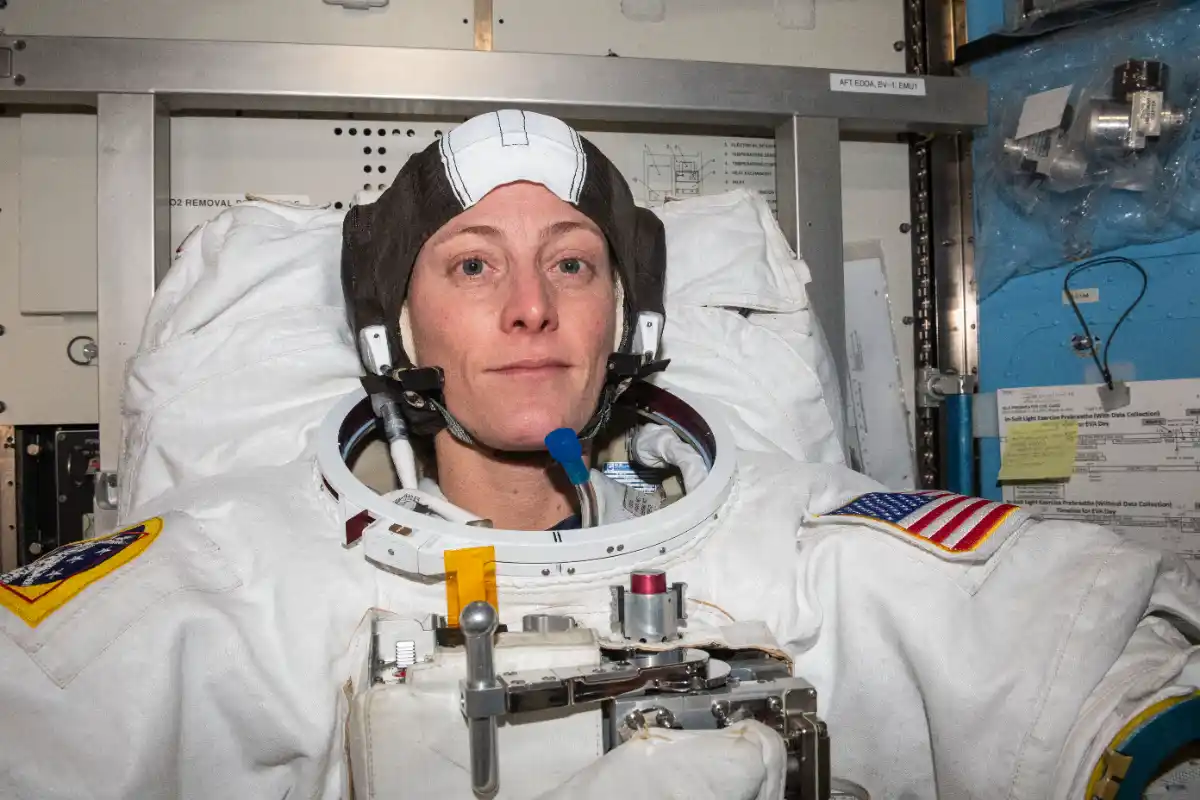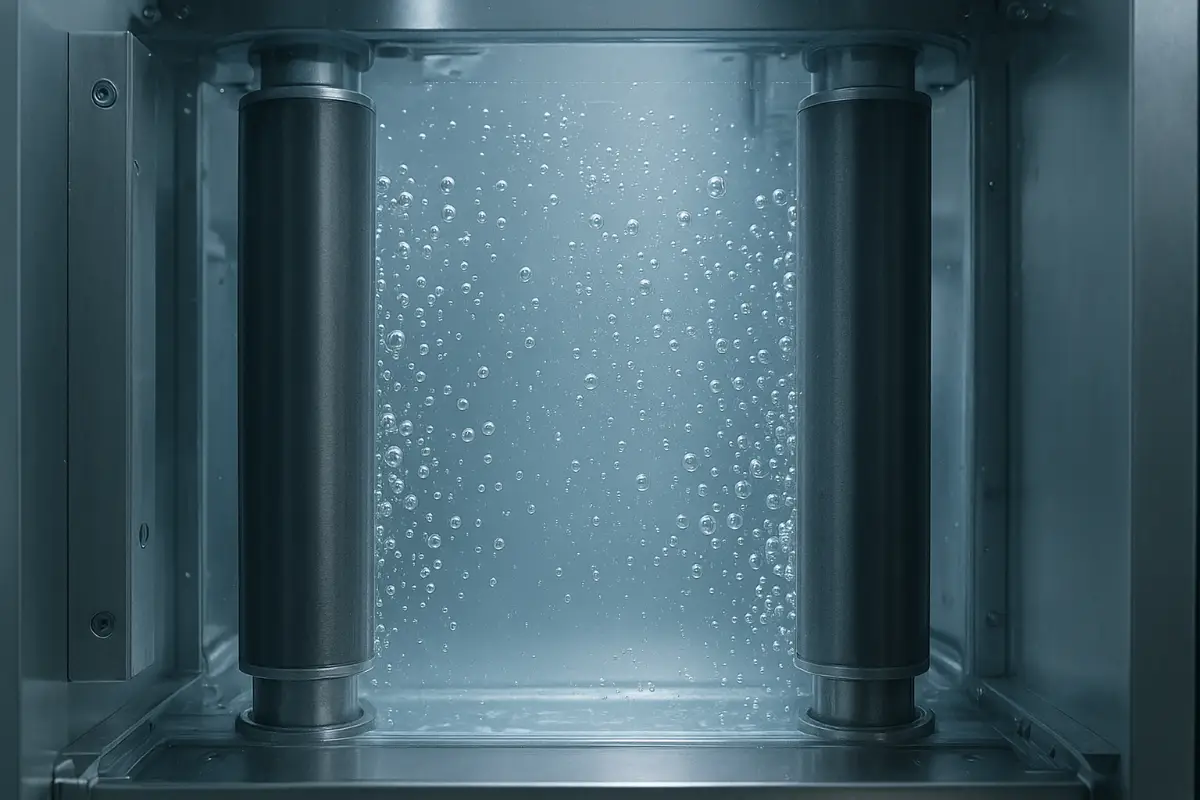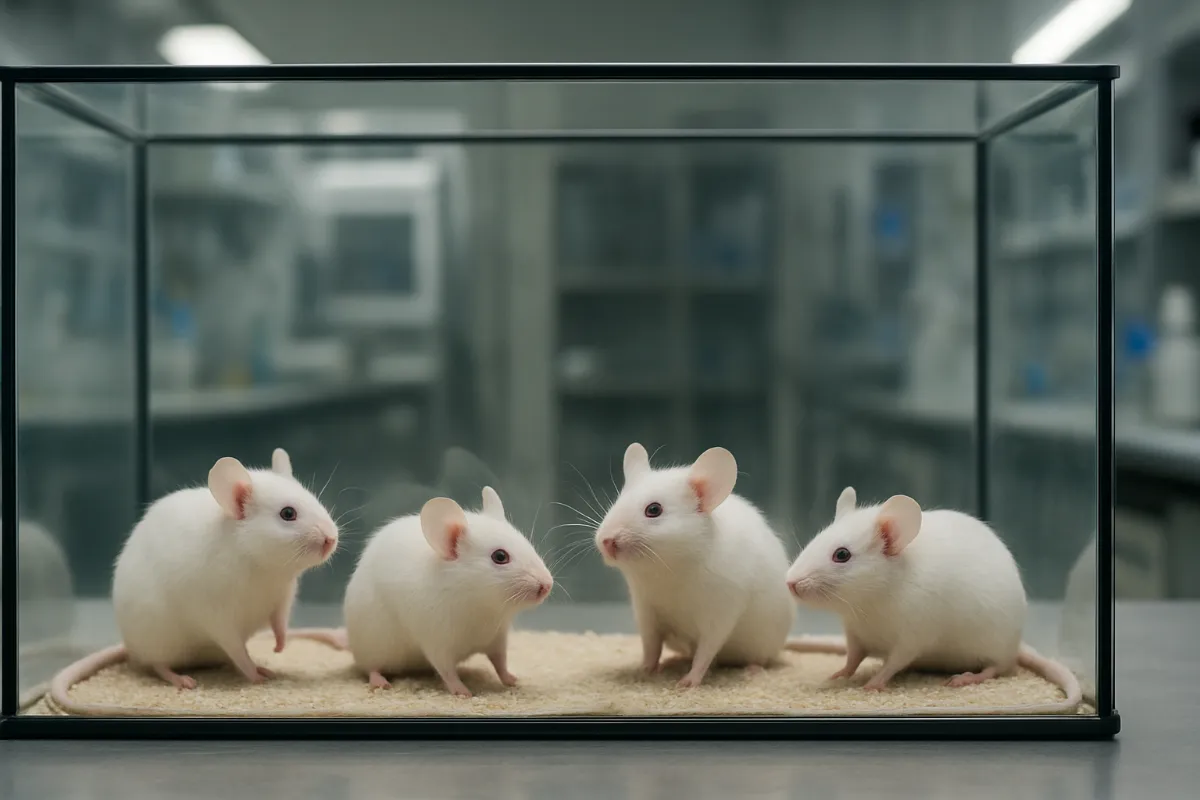Summary NASA is set to launch IMAP to study how the Sun protects Earth from deep space radiation. The mission will fly with two smaller satellites that focus on Earth’s outer atmosphere and solar storms. Findings could improve astronaut safety on future Mars missions and protect technology on Earth. NASA is preparing to launch a […]
NASA
NASA’s Mars rover Perseverance finds a rock in Jazero Crater with possible traces of past life
Summary Perseverance has uncovered a Martian rock sample with chemical patterns that resemble those linked to microbes on Earth. While the findings are intriguing, scientists caution that non-biological processes could still explain them. Bringing the samples back to Earth for closer study will be key to resolving the question of Martian life. NASA’s Perseverance rover […]
NASA invites public to send names aboard Artemis II mission around the Moon in 2026
Summary NASA is inviting the public to send their names on the Artemis II mission, stored digitally aboard Orion. The crewed flight will test vital systems and technologies as astronauts circle the Moon in 2026. The campaign aims to boost global engagement, reminding people that space exploration is a shared journey. NASA is giving the […]
NASA bars Chinese nationals with US visas from projects as US-China space race intensifies
Summary NASA has expanded its restrictions, limiting Chinese nationals with US visas from involvement in its research and facilities. The move highlights how political rivalry is directly shaping access to space science and collaboration. Critics worry the decision could slow global progress by cutting off scientific exchange across borders. NASA has tightened restrictions on Chinese […]
NASA Names Crew for 2025 Mars Mission Simulation at Johnson Space Center
Summary NASA selected four volunteers to live for over a year in a Mars-like habitat to study human survival skills. The mission will track how the crew adapts to isolation, limited resources, and simulated Martian tasks. Findings will guide the design of future Mars missions planned for the 2030s. NASA has announced the four volunteers […]
NASA’s JWST May Have Detected a Galaxy From 90 Million Years After the Big Bang
Summary Astronomers spotted a faint red object that could be the earliest known galaxy in the universe. The finding challenges current theories about how fast galaxies could have formed after the Big Bang. Further observations with JWST are needed to confirm if it is truly a galaxy or a closer object. Astronomers say the James […]
Dormant Bacteria Found in NASA Clean Rooms Could Threaten Future Mars and Europa Missions
Summary A rare clean room bacterium can switch into a dormant state that hides it from routine detection. Researchers showed it can survive both nutrient loss and dry conditions that mimic spacecraft facilities. Its persistence raises concerns for contamination risks in future planetary missions and sample returns. Scientists have found that a rare bacterium, Tersicoccus […]
Space Travel May Accelerate Aging, Study Warns as NASA Prepares for Long Missions
Summary Researchers found spaceflight triggers biological shifts that resemble aging on Earth. Muscle loss, DNA stress, and immune changes were consistent across mice, astronauts, and lab models. These findings raise health concerns for future long missions to the Moon and Mars. A new study examining mice, human cells, and astronaut samples has found that space […]
Magnets Could Revolutionize Space Water Electrolysis, New Study Shows
Summary Researchers in Germany showed magnets can replace pumps for cleaner electrolysis in space. Tests in microgravity found magnetic fields help bubbles detach, keeping gas production steady. This approach could make future oxygen systems lighter, cheaper, and more reliable for astronauts. German researchers have found a way to make water electrolysis far more efficient in […]
Could Humans Have Babies in Space? A New Study Suggests Frozen Sperm Cells Might Make It Possible
Summary Frozen mouse stem cells in space remained functional and produced healthy offspring after returning to Earth. Freezing acted as a protective layer against cosmic radiation, preserving DNA integrity. These findings suggest a potential method to safeguard reproductive cells for long-term space travel. Mouse stem cells kept frozen for six months aboard the International Space […]










